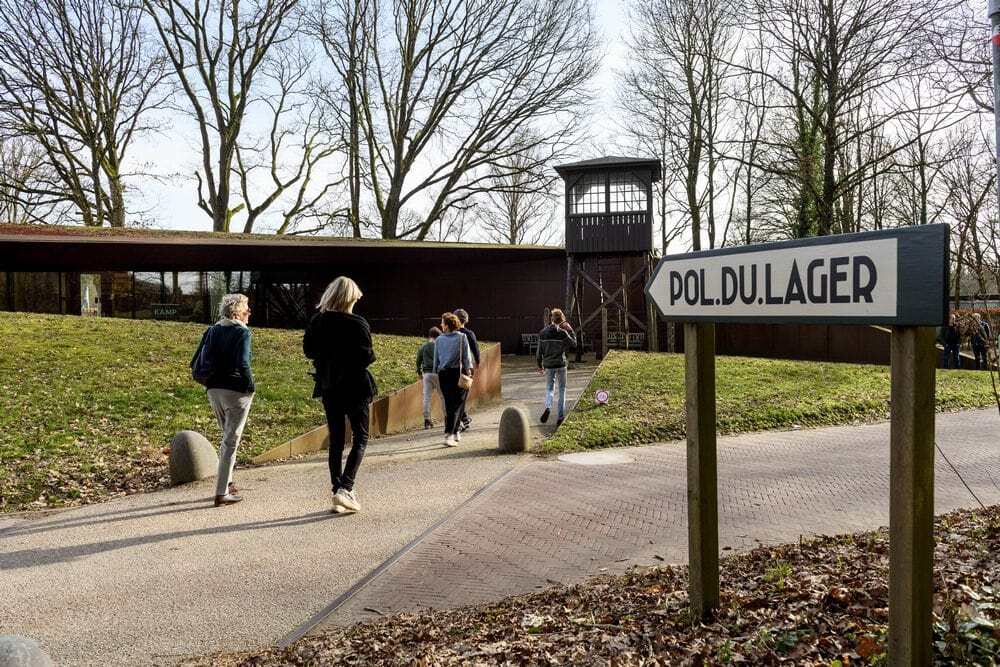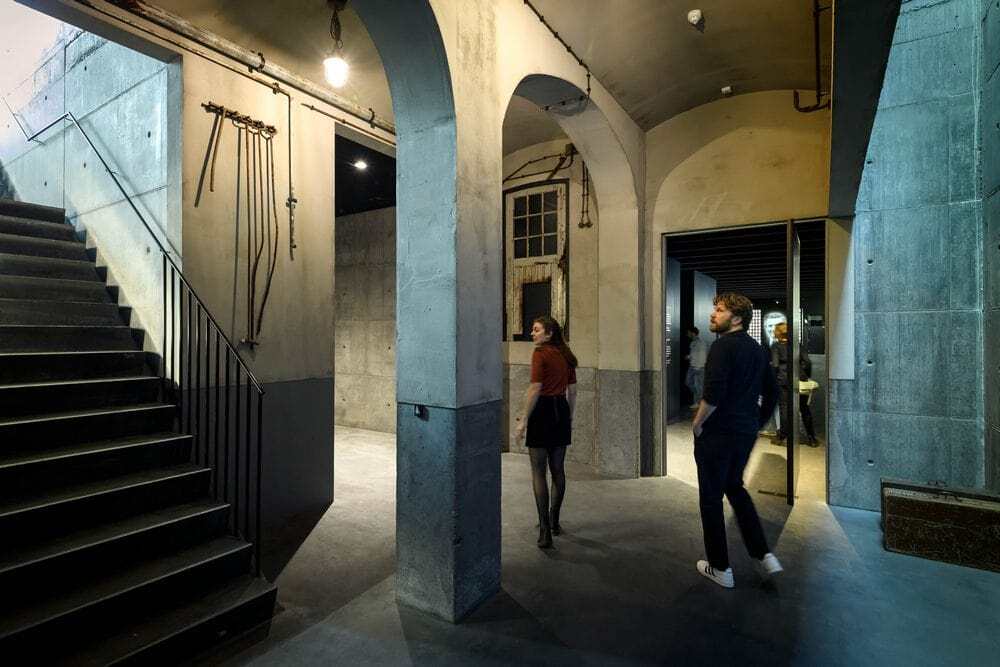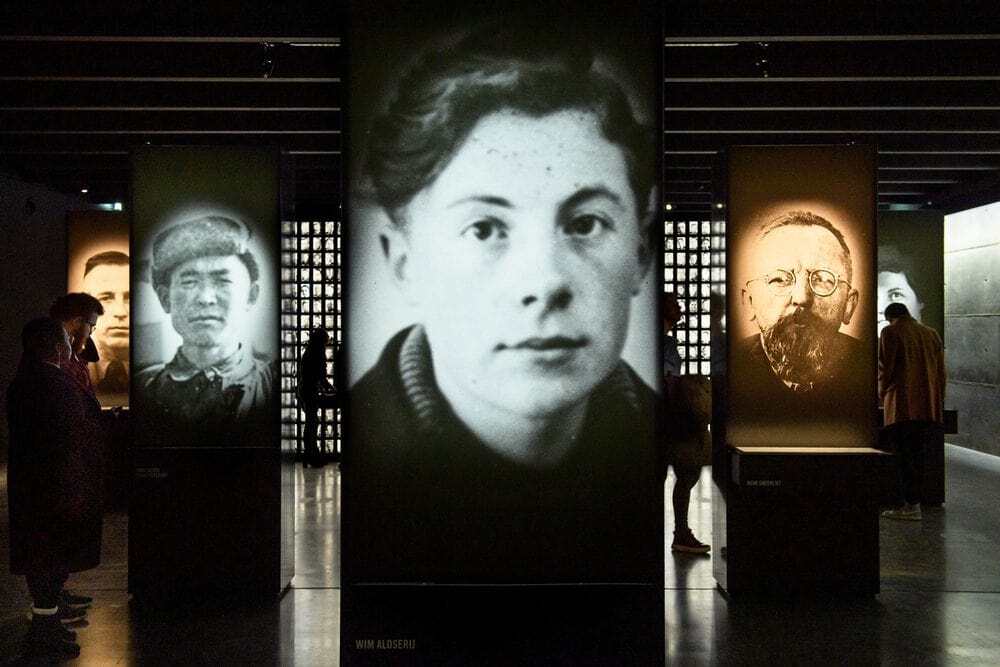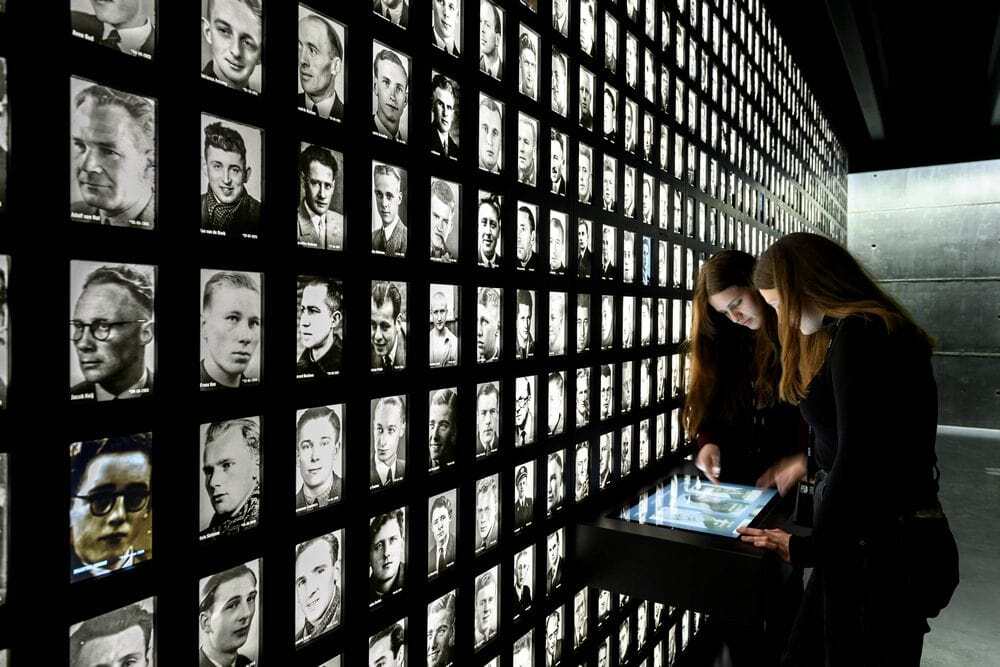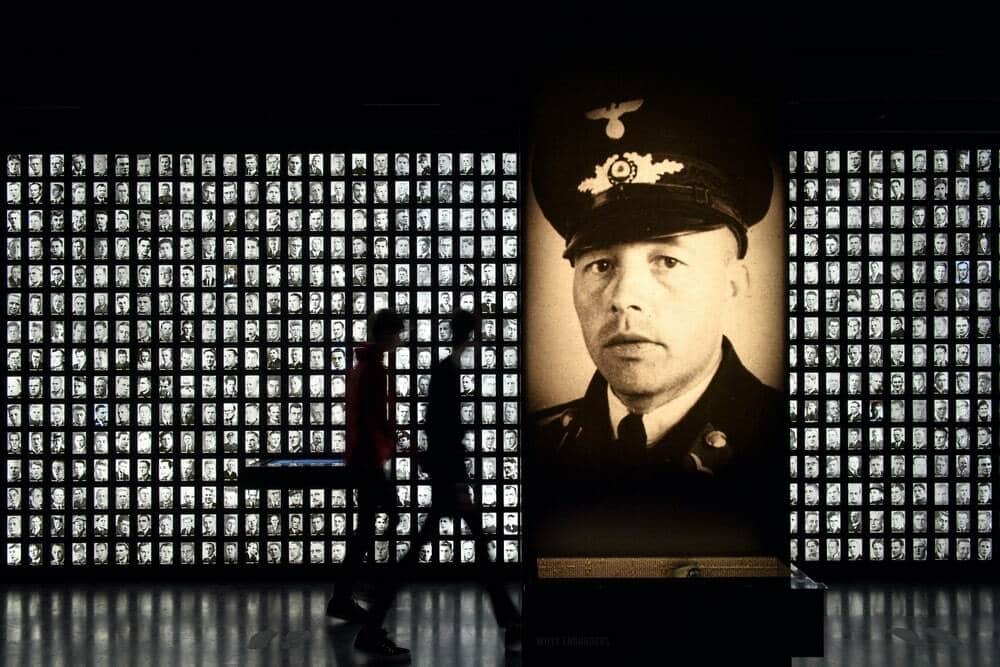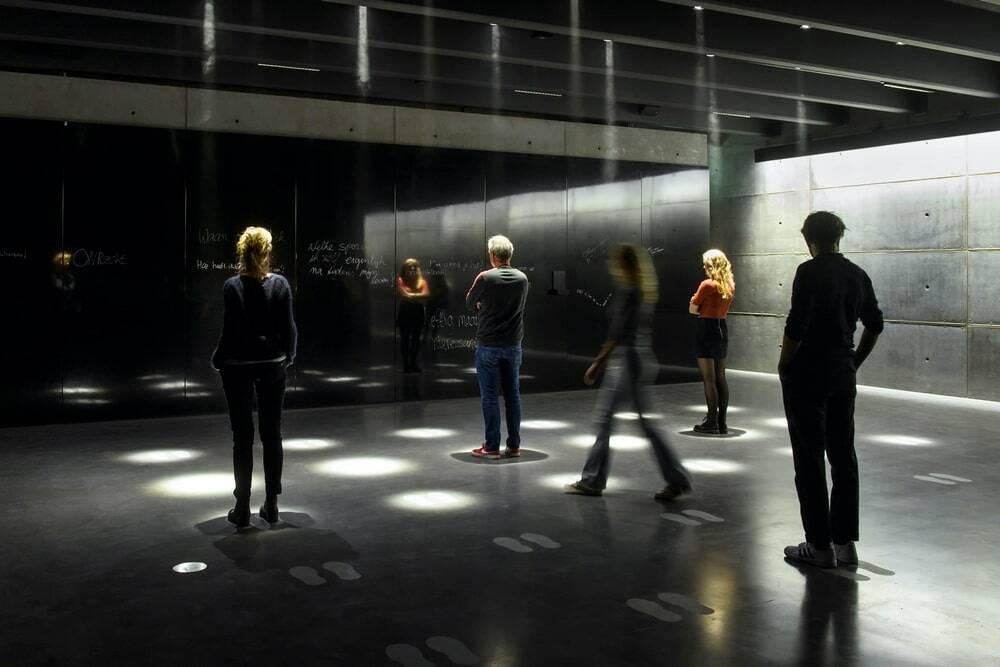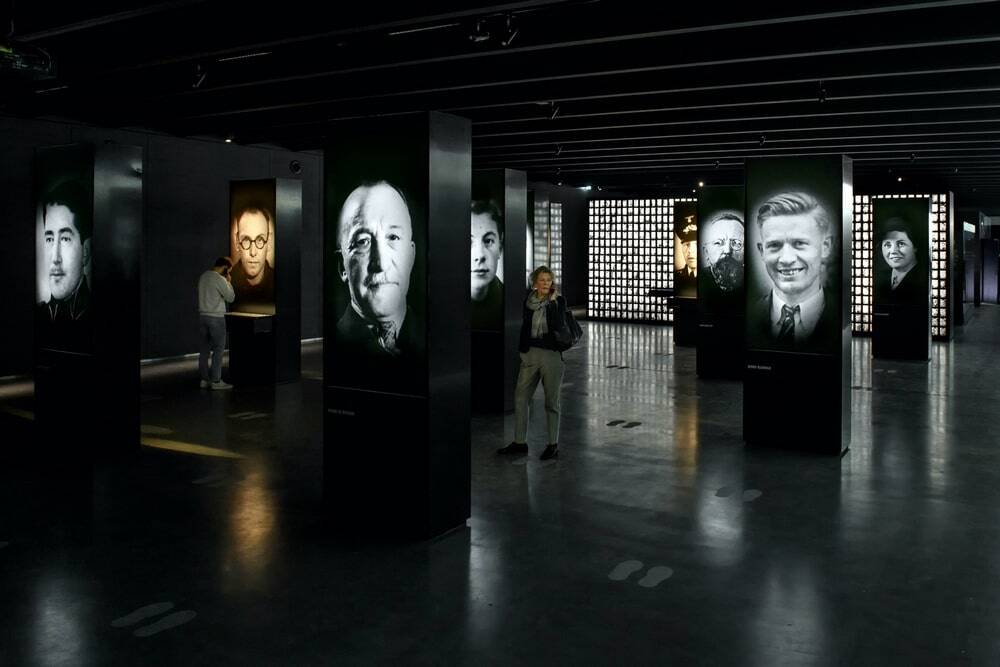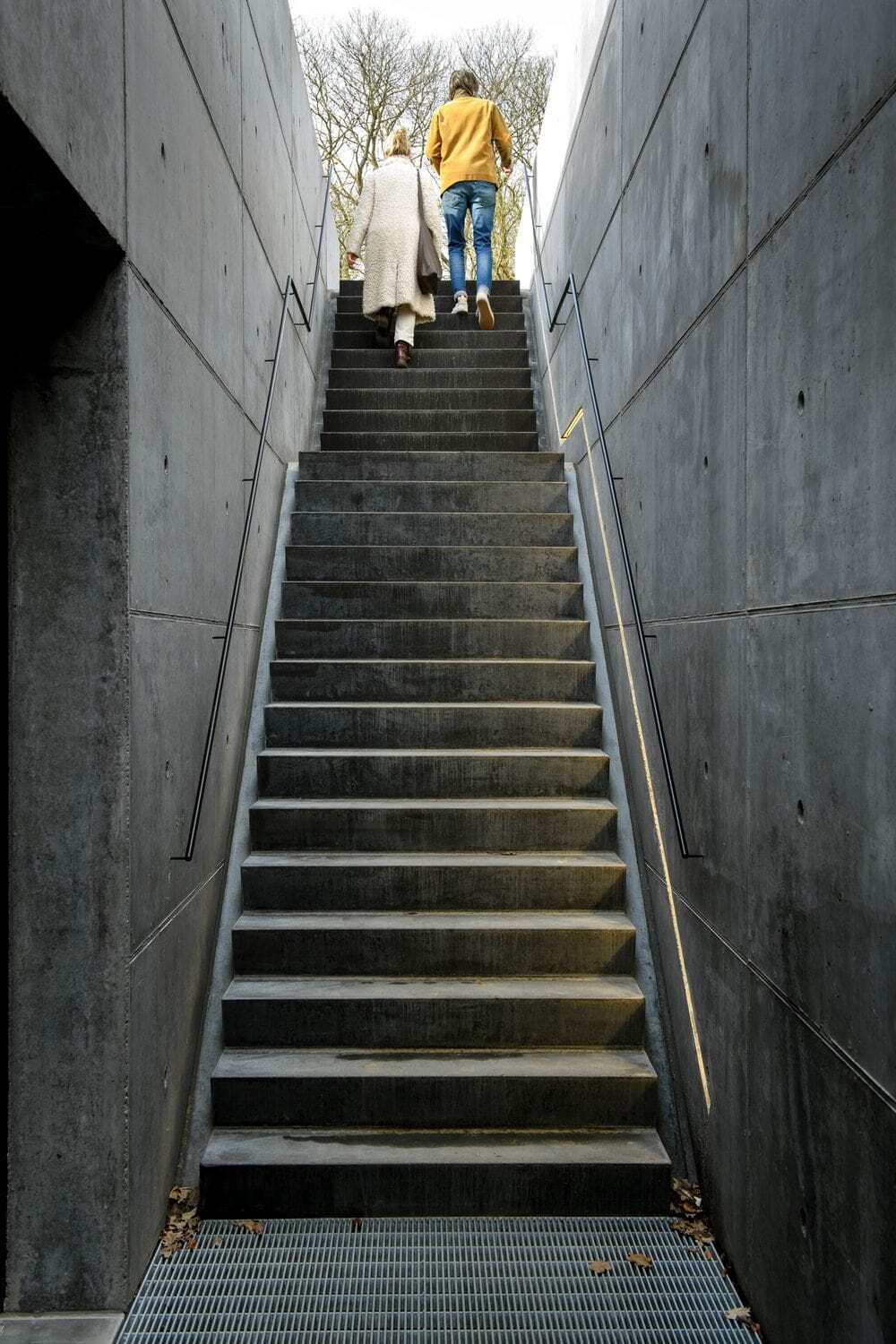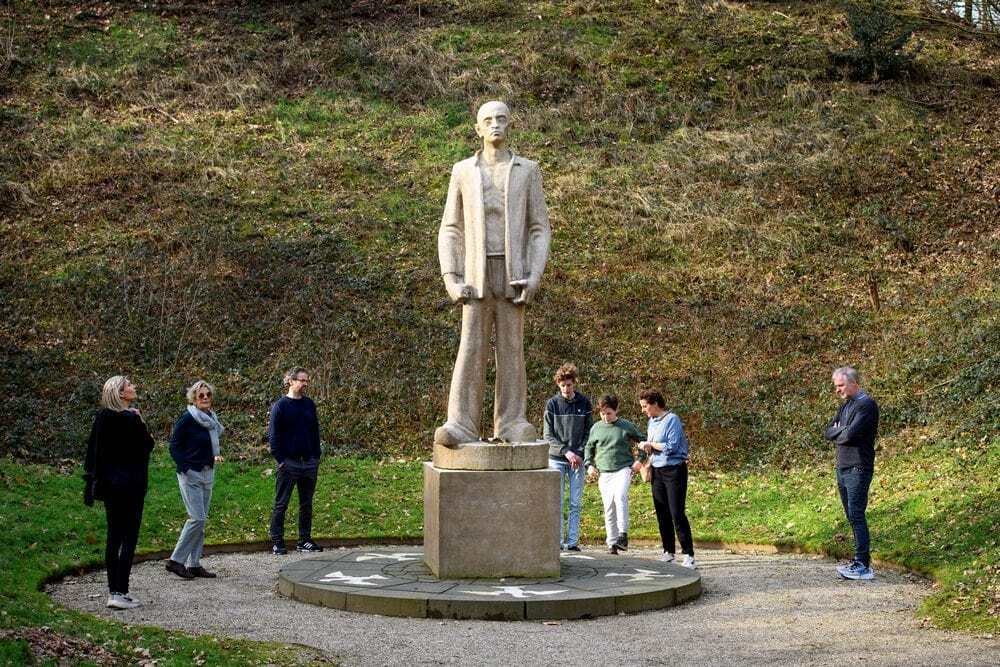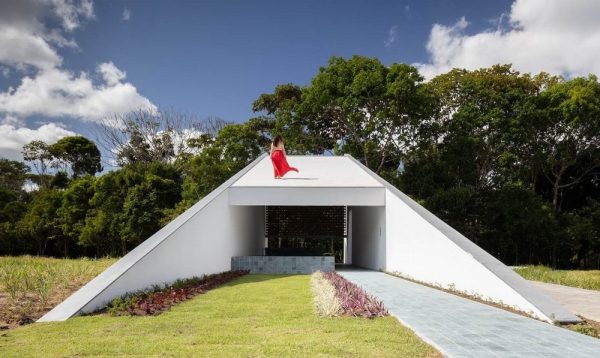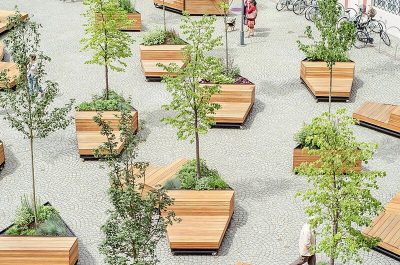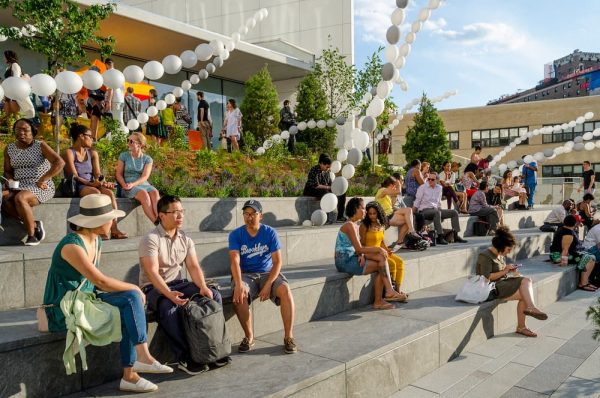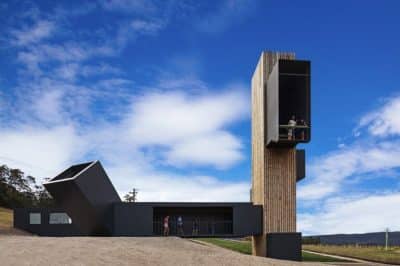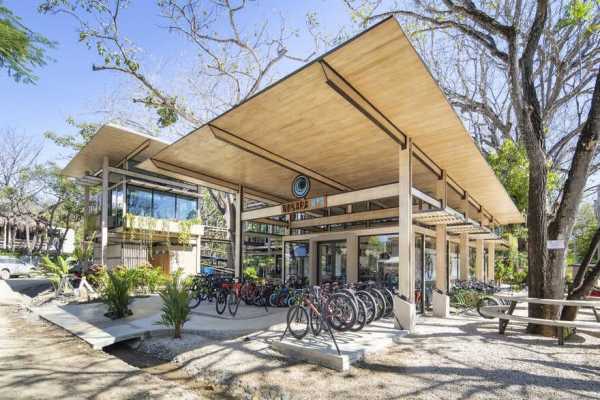Project: National Monument Kamp Amersfoort
Concept & exhibition design: Tinker imagineers
Architect: Inbo Amsterdam
Landscape: Juurlink+Geluk
Construction & hardware: Flink
VR Experience: Tinker imagineers, YIPP, Shosho, BureauMaike
Soundscape reflection room: Studio Rockfish
Year: 2021
On April 19, the new museum of National Monument Kamp Amersfoort was inaugurated. During the Second World War, around 47,000 prisoners were held at this transit and prison camp. Tinker imagineers was commissioned by National Monument Kamp Amersfoort to develop the concept and the permanent exhibition. It tells the stories of the prisoners, a helper, and the perpetrators. Who were they? Their stories come to us from the past but are still relevant today. The redesigned outside area, architecture, and exhibitions at the new museum illustrate what went on inside. The history of the place becomes palpable: the oppression, the injustice, and the fear.
Inbo (architecture), Juurlink+Geluk (landscape), Tinker imagineers (concept and exhibition design) and National Monument Kamp Amersfoort collaborated closely on the renovation. In their unique way, they added a new dimension to the significance of this place. Upon entering the museum, visitors walk down the stairs and enter the immense space, soberly and modestly furnished and located underneath the former camp. The architecture and the use of materials and original elements recall the atmosphere of the past. This is reinforced by the transition from light into dark and back into the light again.
From numbers to names
The impressive video footage in black and white reveals what life in the camp was like. A large map on the wall shows the transports of prisoners coming in and going out. They were seen and treated as mere numbers. In the exhibition, their names and faces are returned to them. Photographic images on gigantic columns introduce the visitors to the individuals who played important roles in and around the camp. Their belongings are displayed in the drawers below the portraits, and their stories can be heard on audio devices. The portraits light up when the drawers are opened, and the contrast with the black and white portrait wall at the back of the room is striking.
Then and now
The exhibition also links to the injustice carried out in our times. On the back of the columns, important camp themes are listed, such as hunger, abuse, and discrimination – all still quite common today. In addition, a social experiment confronts visitors with uncomfortable dilemmas. There, they experience the effects of peer pressure, authority, and trust. Willemien Meershoek, Director of National Monument Kamp Amersfoort: “This programme, called Right or Wrong, uses Virtual Reality to address current issues that take on special meaning in the context of the museum.”
Room for contemplation
At the end of the underground visit, there is room for reflection: reflection on the past and the visitor’s own role in contemporary dilemmas. The footprints on the floor – a recurring theme, both inside and out – refer to the roll call and are at right angles to a mirror wall that can be written on. The visitor’s own mirror image and subtle light projections and smoke effects reinforce this sense of contemplation. What did I just experience? Which traces do I leave behind?
Once outside, a steel model of the camp illustrates its scale. The museum exit offers a view of the shooting range with the Stone Man memorial at the end. The museum will open its doors to the public as soon as COVID-19 restrictions are relaxed.

